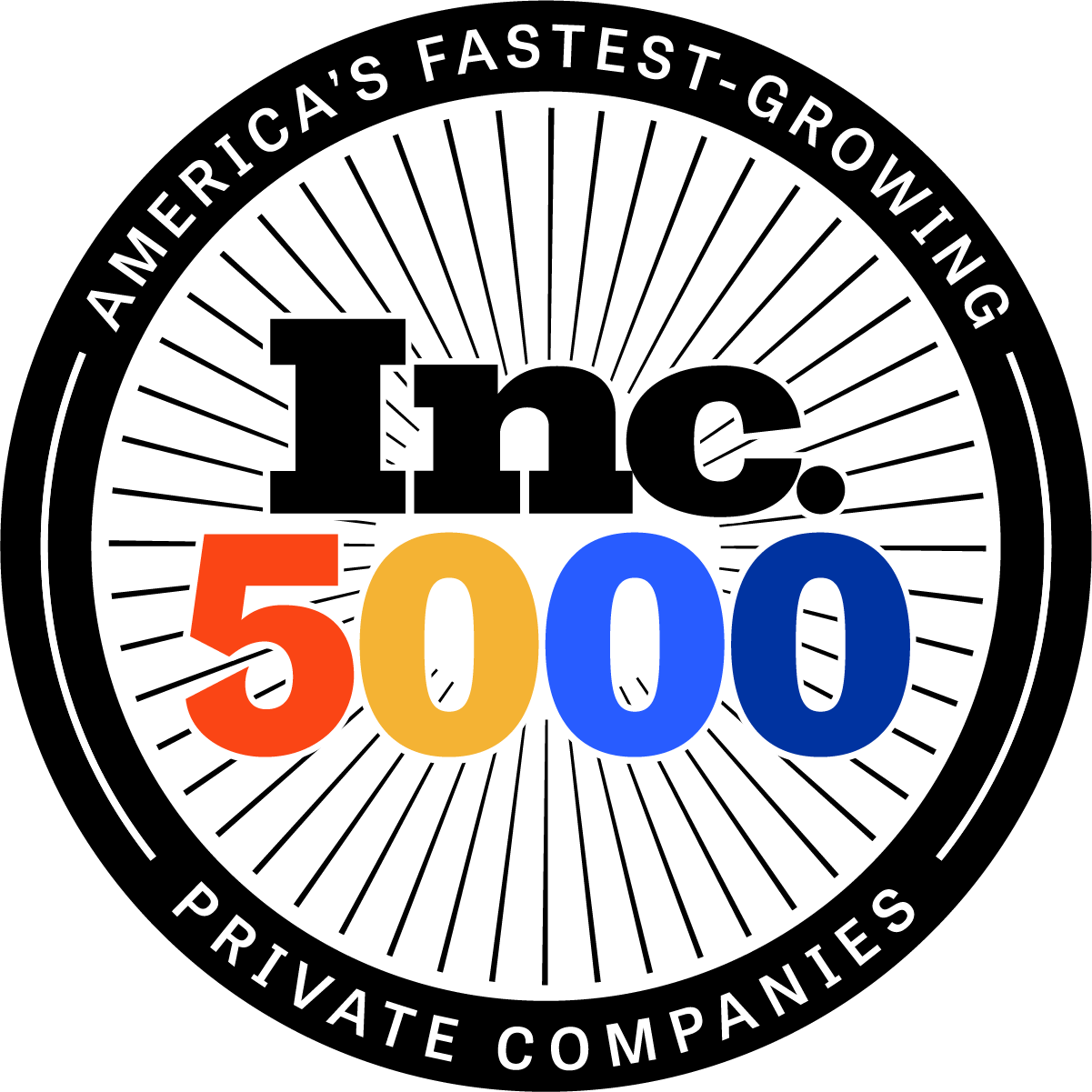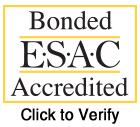Guest Blog Provided by Slavik401k
Personal finance tools, like software programs, mobile apps, and tracking sheets come in a variety of shapes and sizes. You can use them to track your budget and goals, your retirement and investment portfolios, and even everyday personal finances.
Combined, the tools can help you better track your finances, giving you a clear financial snapshot of where you are and where you should be. To get started, check out our favorite financial planning tools to use throughout 2022.
Budgeting Tools
If one of your goals this year is to tidy up your budget, then a budgeting tool is exactly what you need. The tools below allow you to track your income and expenses, while also setting goals, paying bills, and managing a debt pay-off strategy. Budgeting allows you to allocate every dollar to a specific category, helping you stay on track. These tools can also help you visualize where you may be overspending or underspending.

Some of the highest-rated tools to use in 2022 include the following:
- Intuit Mint: This free financial tool allows users to connect bank accounts, investments, loans, and credit cards to create one overall financial snapshot. Users can also set financial goals, such as saving for a new car or paying off a loan and allocate funds to the goal each month. When viewing expenses, each item can be tagged to correspond with a budget, such as groceries and dining out, insurance and healthcare, or pet supplies. The opportunities within the app are endless, making financial management easy and stress-free, packaged in one powerful app.
- You Need a Budget (YNAB): This habit-building financial planning tool allows users to budget in a way that reduces debt, saves money, and removes the need to live paycheck-to-paycheck through a simple four-step plan. Like Mint, users can connect accounts, loans, and investments to view one financial snapshot, but can also enroll in specially curated YNAB programs.
- Mvelopes: With this unique budget approach, users manage their finances using an envelope system. By allocating expenses to different envelopes, such as gas, groceries, savings, vacation, etc., users are only allowed to use the funds within that envelope for that category. Once the money is spent, no more will be allocated until the next paycheck. This method helps users eliminate debt and gain better control of their finances.
Retirement Planning & Investment Tools
Saving for your future is another important aspect to financial management. By doing the work now, you can set yourself up for a successful financial future, allowing you to retire comfortably and without stress – and there are financial planning tools to help you along the way.
The best software programs and apps to use include:
- FutureAdvisor: An all-in-one software tool for DIY investors, FutureAdvisor provides personalized recommendations to help users diversify their investment portfolio. With an initial investment, the software team will manage assets for a flat annual fee of 0.5% of the managed assets. Anything you add will be co-managed with partners like Fidelity and TD Ameritrade.
- Personal Capital: This tool provides users with a one-stop-shop for all things retirement and investment. If you have a portfolio of more than $100,000, you can get personalized financial advice from Personal Capital’s financial advisors, as well as access to the software program that helps you manage your retirement and investment goals. With a fee analyzer, real-time account updates, and a Retirement Readiness Score™, users can use professional grade tools, free of charge.
- MaxFi: By eliminating the guesswork, this retirement software provides a powerful and accurate calculation for your highest sustainable living standard. By analyzing your finances, the program can calculate your spending and savings patterns and provide snapshots on your financial future based on financial decisions you make today.
Personal Finance Tools
If you’re looking for ways to enhance your financial education or learn how to utilize your funds, there are personal finance tools, such as podcasts, videos, and blogs that can help. Some of the best include:
- Watch YouTube videos from experts on specific topics, like mutual funds, retirement funds, investments, debt, or budgeting. Many of the resources are free, and can be accessed easily online or through a mobile app. Check out accounts like the Financial Diet and His and Her Money to learn more.
- Podcasts are another great way to learn about finances and make for great entertainment on your morning commute or a road trip. Some of the top-rated financial podcasts include The Dave Ramsey Show, Women and Money, Fairer Cents, and The College Investor.
- If you’re a Premium user on LinkedIn, you have access to the LinkedIn Learning portal, which includes a library of training and tutorial videos provided by experts on a variety of topics, including financial management, investing, retirement planning, debt payoff, and more.
- Another resource that can help you financially plan for today and your future is calculators. Financial advisors and institutions, including Slavic401k, provide a variety of calculators that can be used to help users understand their current financial situation and plan ahead. Learn how 401(k) contributions affect your paycheck, how much you need for retirement, and more. View the Slavic401k library of calculators here.

As you set goals, make adjustments, and learn more about your finances, tools and programs are a great way to keep you on track. Utilize your resources, ask questions, and revise when needed. These resources will help you manage your existing finances while planning for a fruitful retirement all at the same time.
If you would like to learn more, visit the Slavic401k blog.







